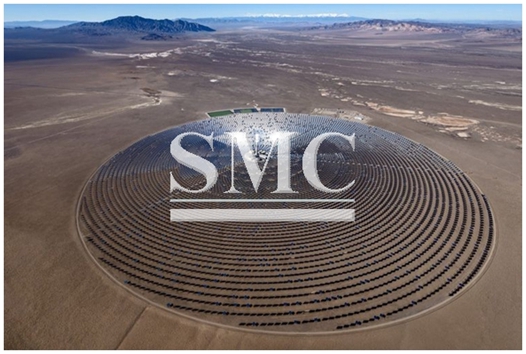
- Company overview The heart of SMC Vision & Philsophy Partnership Certifications Company culture
- Our service Design and Engineering Maintenance and Service Examine Production Line Upgrade and Transformation Storage and Logistics Processing, Trading and Distributor
- Management Our history Global responsibility Info Center
- Procurement center Internship
- Metal Steel Products Stainless Steel Products Aluminum Products Copper Products Galvanized Steel and PPGI Special Alloy Building Material
- Containers ISO Standard Container Equipment Container Storage Container Container House Refrigerated/Reefer Container Offshore Container Tank Container Container Fittings Container Trailer
- Gas Cylinder & Fire Extinguisher Cryogenic Liquid Cylinder Oxygen Gas Cylinder Storage Tank CNG Gas Cylinder LPG Gas Cylinder Hydrogen Gas Cylinder Nitrogen Gas Cylinder Industry Gas Cylinder Fire Extinguisher
- Metal Machinery Forming Machine Other Machinery Cutting Machine Processing Machine Bending Machine Block Machine Motor Spare Parts
- Mechanical Products Vehicle Industry Miscellany Mooring Equipment Marine Equipment Pressure Vessel Conveyor Belt Laser Equipment Bearing
- Electrical System Electrical Cable Automation Power Distribution Solar Power System Electric Protection System Transformer Production Line Lighting System
- Project Fiberglass Reinforced Plastic Plastic Pipes and Pipe Fittings Pontoon System
Do solar panels pay back their energy ‘debt’?
One of the main points that are often brought up by sceptics of renewable energies and solar panels is the fossil fuels used to produce them; however, recent studies find that solar panels produced in the previous 40 years have all but paid back the energy that was used to produce them.
Indeed, by some calculations, the so-called "break-even point" between dirty energy input and clean output may already have arrived, researchers in the Netherlands reported. The study sought to address concerns that solar technology may be using fossil fuel energy in the panels' manufacture, and emitting greenhouse gases, faster than it was able to offset.
The authors found that for every doubling in solar capacity installed, energy used to produce solar panels decreased by 12-13 percent, and greenhouse gas emissions dropped by 17-24 percent, depending on the material used. Solar panel capacity grew sharply, on average, by 45 percent per year from 1975 to reach 230 billion watts (Gigawatt or GW) in 2015.
Over the average life-span of 30 years for a solar panel, it will have repaid its debt of energy ‘multiple times’. Looking at data since 1976, the researchers calculated that on a global scale, solar energy's "debt was likely already repaid in 2011" for both energy input and greenhouse gases.
From 1975, costs decreased by about 20 percent for every doubling in capacity, the study found. In 1976, one would have paid about $80 (75 euros at today's rates) for one Watt-peak (Wp) unit, compared to about 64-67 US cents today.

